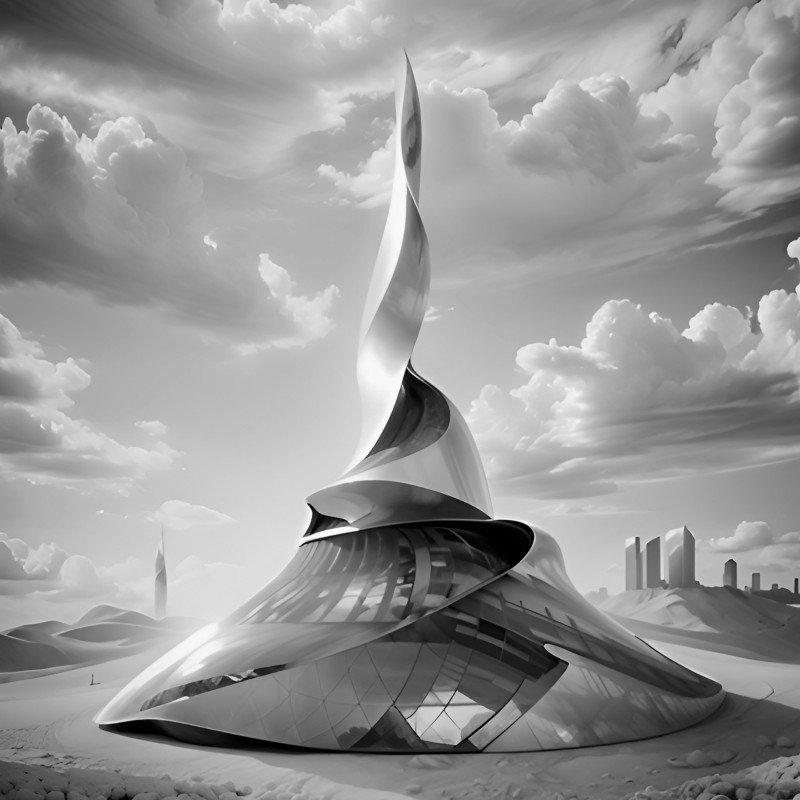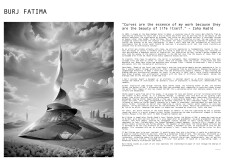5 key facts about this project
## Project Overview
Burj Fatima is a significant architectural endeavor located in the UAE, a region noted for its modern urban landscapes and sophisticated architectural language. The design is conceptually influenced by the form of roses, utilizing their curves and spirals to explore themes of beauty, love, and the interplay between human creativity and the natural world. The structure aims to resonate with both local culture and broader universal narratives, contributing to the ongoing dialogue in contemporary architecture.
### Spatial and Structural Strategy
Central to the design is a twisting, spiraling form that emulates the organic curvature found in rose petals. This spiral structure serves as both a visual focal point and a representation of movement, reflecting natural fluidity and human experiences. The design employs a diverse material palette including glass, metal, and concrete. Expansive glass panels facilitate natural light penetration, fostering a visual connection between interior spaces and the outside environment. Metal components enhance structural integrity and contribute to a sleek aesthetic, while concrete provides essential support. Additionally, the integration of natural materials in the landscape is intended to further establish a cohesive relationship with the surrounding environment.
### Technological Integration and Unique Aspects
Burj Fatima incorporates advanced architectural techniques and emerging technologies, potentially including artificial intelligence, to inform the realization of its intricate design. This method highlights a contemporary architectural practice that merges traditional processes with innovative technology, allowing for the execution of complex forms. The project's emphasis on curvilinear architecture sets it apart from the predominately rectilinear forms characterizing much of the region's built environment. By embodying the fluidity of natural forms, Burj Fatima not only serves as a physical structure but also engages with the emotional and cultural narratives of unity and connection, reflecting a fresh perspective in the architectural landscape.



















































